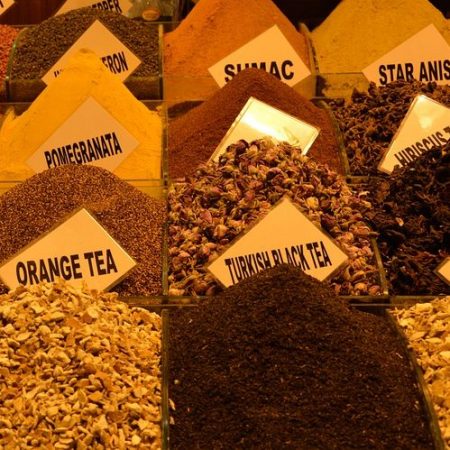There are four main types of tea: black tea, green tea, white tea and oolong tea (pronounced wu-long). The other varieties include scented, flavored and “herbal infusions.” What many people don’t know is that these four types of tea come from one plant, NOT four different species of plant. And, whilst there are many different types of tea available, most originate from the ‘Tea Plant’, known as Camellia Sinensis.
The Tea Plant – Camellia Sinensis
Camellis Sinensis is a hardy evergreen plant that boasts glossy green, pointed and fragrant leaves. It likes acidic (ericaceous), free draining soil in a bright, sheltered position but with partial shade. It can grow to around 2 metres tall. Therefore, when planting, leave a distance of 1.5 metres between the plants. This will give room for the plants to breathe and become bushy.
Growing Tea From Seed
Growing tea from seed is not an exact science and with a germination time of up to 8 weeks, it is not the quickest way to grow tea. However, if you plan to grow from seed, make sure you buy your tea seeds from a reputable supplier.
First soak your tea seeds in water for between 24 and 48 hours. This will allow the seeds to absorb as much water as they can and help to kick start the germination process. In general the seeds that sink give the highest chances of successful germination, although this is by no means guaranteed. Once you remove them from the water, place them in a seed tray in a warm, sunny position. Keep the soil moist , hopefully, germination will occur within 6-8 weeks. Allow the seeds to come back to air temperature and then cover over with an inch of coarse vermiculite (Check for vermiculite with your supplier).
Once germination of your tea seeds has occurred and the plants have developed 3 or 4 leaves, you need to separate and transplant them from trays into bigger pots. Move to a warm, but partially shaded position, spray regularly to keep the soil moist but not wet.
Cultivation
When the plant reaches about 20cm you can start hardening the plant off. Test your own to see if it’s acidic, or make it more acidic if it’s not. To test the soil, you can use a strip test or read our home soil test. If the soil isn’t acidic, you can make it more acidic by adding elements such as sulfur and pine needles. Because tea is a perennial plant, it can be planted at any time during the year. Plant the tea plant in a partly sunny and partly shady location. This means that the tea plant should get about 6 hours of sunlight daily. Plant them 1 metre apart. Tea plants like a lot of water but also need any excess to drain away to stop root rot. Camellia Sinensis takes 3 years to reach maturity. Tea plants don’t really need a feed, just plenty of water, but if you do need to give them a feed, use an ericaceous food and do not harvest that plant for 12-20 days after the next flush, as the taste of the feed will come through the tea leaves.

Harvesting
Tea plants are usually dormant from June to July. But, September should bring evidence of new growth in the first ‘flush’ of tea shoots. Pluck the first two bright green leaves and the bud from each branch using finger and thumb, this should be easy to do with a gentle pluck. Regular harvesting like this encourages further growth and helps to create a more bushy shrub. These young, apple green leaves are then ready to be brewed into a calming cup of tea. Camellia Sinensis, as already mentioned, gives rise to several different teas: Green Tea, Oolong Tea and Black Tea. The difference between them is down to the processes the leaves undergo once harvested.

Nice article guys but continue to state the process the tea under goes after harvest.
Thanks Jacob. That’s another article. We’ll definitely do a follow up.
Am zambian youth aged 19 I want to start farm in chongwe .were can I buy tea seed..please comply
Hi Austin, Have you checked with your local seed suppliers?
We would like to start a tea plantation in Eastern Province, Zambia, info? [email protected]